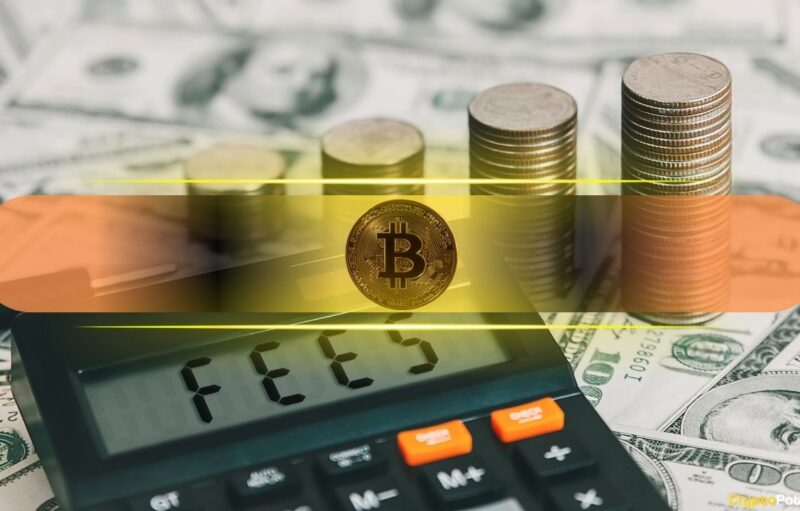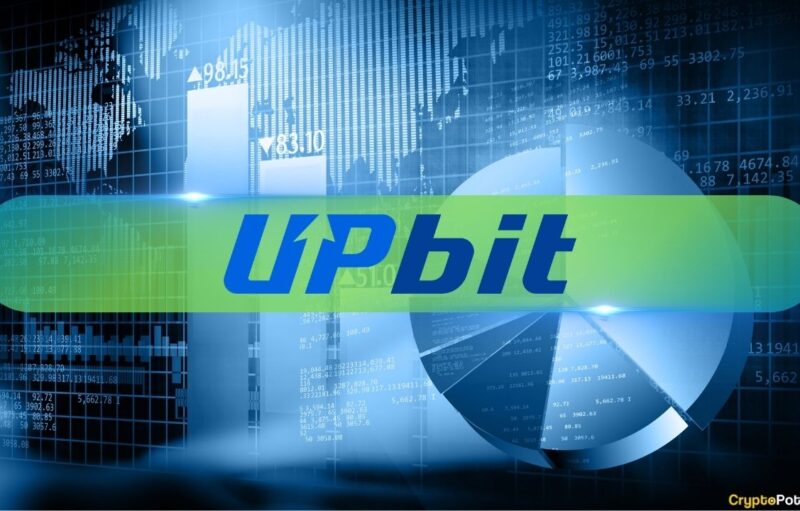
The crypto industry has grown exponentially over the past couple of years, attracting many newcomers who’re looking to either invest or interact with thousands of different cryptocurrencies.
One of the most recognizable resources that provide comprehensive and easy-to-track data about the market is CoinGecko. With estimated monthly traffic of $113 million, it’s one of the biggest websites in the industry and an important entry point for anyone interested in following what’s going on in the market.
CryptoPotato had the chance to sit with Bobby Ong – the co-founder and COO of CoinGecko. In the following podcast, we talk about how he got into crypto in the first place, how the CoinGecko platform works, current trends, and where Bitcoin and the ecosystem might be headed next.
Lowering Interest Rates Led to a 100M Monthly Visits Platform
Before crypto, Bobby was studying economics in London, trying to understand how the traditional financial system works and he spent a lot of time trying to understand what causes a global financial crisis.
“Some of the things I learned was the zero lower bound, which was taught in university back in 2011 or so, and it basically says that there’s no way that interest rates can go to negative, because if it does, everyone will take their money out of the bank: Clearly – that’s not true.”
Ong said that as soon as interest rates started trending downwards back in 2013-2014, he questioned if his knowledge in economics became obsolete – the knowledge that was just taught to him in university.
Back then, the cryptocurrency market was nowhere near what it is today and Ong revealed that it was to him more of a hobby rather than something that he was devoted to.
“Crypto was a very fringe thing and it almost seemed as if the only people in it were libertarians and tech nerds, so to speak. Maybe I fall in the tech nerd category.”
He explains that CoinGecko was a side project, admitting that despite this, he and his partners “kind of knew” that Bitcoin and blockchain will change the world in a way that the internet had. He realized that they may have been too young to participate in the internet boom but they’re “all starting from scratch.” That’s how CoinGecko’s journey began.
Bitcoin Bear Markets – For Building Up
The cryptocurrency market saw a massive explosion in its valuation in 2021, as the total capitalization peaked above $2.5 trillion, seeing an influx of users coming in. And this we can tell – you guessed right – according to data provided by CoinGekco.
Ong talked about the challenges of being at the forefront of this.
“It’s a very volatie industry where the (crypto) cycles come in an instant and in a bull run everything goes insanely bullish and then the bear market comes and nobody is doing anything for 3 years.
In this regard, he remarked that bear markets are when they get the time to build and improve their systems at CoinGecko – just because there’s not too much happening. And yet, no matter how much you prepare, “you always find that when the bull market comes, the demand is just so strong that whatever preparation we’ve made and we’ve thought is enough, is just not sufficient.”
He added that this is true for the entire company – the tech stack, the support, operations, and whatnot.
The Uniswap Challenge
We were also curious about how CoinGecko tracks the provided information and makes sure that it’s relevant. From a technical standpoint, Ong explained that the majority of trading in the market happens on centralized exchanges but we also saw a major shift in the tide last year, in 2020 – when Uniswap saw the light of day.
Uniswap’s foray into the market presented a lot of challenges for CoinGecko because their app was tuned to consume APIs from centralized exchanges. The fact that there was no centralized API made it harder for the website to gather the necessary information and they had to figure it out. Bobby shared that they are using The Graph’s subgraphs which helps them index and catalog the data.
In terms of choosing which cryptocurrencies to track, he shared that there’s a request form that needs to be filled with all the information. Then, an internal team from CoinGecko goes through it and assesses it based on undisclosed criteria which, if met, will get the coin listed.
One of the things that Ong mentioned is the emerging trends in the past couple of years, as well as ones that may shape the future.
He shared that nobody expected decentralized exchanges such as Uniswap to produce so much trading volume but, in fact – it did. In some instances, Uniswap was doing higher traded volume than some veteran centralized exchanges such as Coinbase. Bobby believes that this is a trend that we’re seeing and one that will only grow bigger.
He also touched on the boom of non-fungible tokens (NFTs) and the implications they might have on the industry going forward.
From a market perspective, Ong shared that it’s hard for him to predict where the current cycle will top out. We asked him if he thinks bitcoin’s price will reach $100K this market cycle:
“I think we may, but it’s hard to say. It’s anyone’s guess, I don’t. It’s very hard to make price predictions.”
Avoiding Scams
One of the most pressing issues that investors run into when it comes to cryptocurrencies is fake projects and scams. These can be a huge capital sink, especially for newer entrants and people who don’t have a lot of experience. Naturally, one of the first places they would search price-related information for a token would be CoinGecko.
We asked Bobby how they vet projects and how they make sure scams are not included. First things first, he explained that there’s an application form that teams have to submit and after that CoinGecko’s compliance team takes over and verifies the information.
On the matter of how they avoid scams, he said:
We do have a delisting policy. If a project gets to any financial regulator’s watchlist, they will be removed from our site. And if we do receive reports, we try to verify and check and potentially delist. Sometimes we put notices instead of complete delisting while we’re still investigating.
In general, Ong said that the definition of a scam is a tricky one fo consider because some people, for instance, think that TRON is a scam, but that’s completely subjective and not based on objectivity. Of course, there are evident scams such as when there’s a honeypot contract where users are able to deposit into but not to withdraw – in this case, they wouldn’t list the coin at all.
Binance Futures 50 USDT FREE Voucher: Use this link to register & get 10% off fees and 50 USDT when trading 500 USDT (limited offer).
PrimeXBT Special Offer: Use this link to register & enter POTATO50 code to get 50% free bonus on any deposit up to 1 BTC.
The post appeared first on CryptoPotato






